How to Break in Jeans Fast: The Right Way and Wrong Way to Soften Raw Denim
One question we get shockingly often is how to break in jeans, especially raw denim: the stiff, starchy, often very thick type worn by people who like extra tough pants and melodramatic fades.
What most people mean by “breaking in” raw denim is softening it. Most of the world’s jeans are plenty soft from the get go — in fact, most of the jeans sold today are made with stretch fabric. But 100% cotton denim is often called “rigid denim” for a reason: it’s tough and stiff takes time to soften up and conform to your body. (A lot like a good pair of boots.)
To find out the best way to break in jeans (and if there are any shortcuts), I went to Amsterdam to meet with Lennaert Nijgh, denim expert and founder of Benzak Denim Developers.
Benzak's Japanese and European-made denim is among the best. From selvedge, to neppy to slubby (in a variety of fits), they have an option for every denimhead.
Raw Denim vs Regular Denim: Why Break It In?
When you buy non-raw denim from the store (even when it’s not stretchy denim), it’s soft because the manufacturers wash it at the factory before selling it. They don’t just wash it laundry detergent; the mix includes stuff like silicone, emulsifiers, and enzymes to really soften it up, and it’s usually washed more than once — often with stones to really help beat it up. (I actually visited a jeans fading factory to learn all about it.)
Denim also needs this extra help to soften up because during the manufacturing process, starch is added to the yarns before they are woven into the fabric. This starch is what really makes it stiff and crispy.
“It makes it easier to process both in finishing the fabric and also in cutting and sewing,” explains Lennaert. “Otherwise the fabric is a bit too soft and moves everywhere. That’s the main reason why they put it in.”

So even if your new jeans don’t look like they’ve been pre-faded, they’ve been processed at the factory to remove most of the starch and soften the fibers.
Unless you buy raw denim jeans. That means it hasn’t been washed, it’s still full of starch, and you’ve got to do all the softening yourself.
There are plenty of reasons people to prefer raw denim (mostly it’s because folks love to be responsible for their jeans’ fades) but it’s factually less comfortable when it’s new. Lennaert has some tips if you want to speed up that break in process — and avoid common mistakes.
Further Reading
How They Fade Jeans at the Factory
We visited a wash factory in LA to learn how your jeans go from fresh-off-the-loom to ready-to-wear.
Learn more →
3 Tips to Break In Your Jeans
Listen, before we get started: a lot of denim experts roll their eyes at the “how to break in jeans” question because the best way is to just wear them. Just wear the jeans. They soften with wear.
Lennaert himself had this same reaction when I asked to interview him on this topic, which is why we had the idea to make that YouTube short I embedded above. But after twisting his arm a bit, I got some more tips for you.

Tip 1: Soak Your Jeans
Perhaps the most common way to soften new jeans is soaking them.
“That means putting them into a tub of lukewarm water — sometimes cold water could be better, but lukewarm is fine,” says Lennaert. “Just soak them in there for about 30 minutes.“
You don’t need to agitate the jeans or anything; just let them soak in water, and the starch will come out by itself.
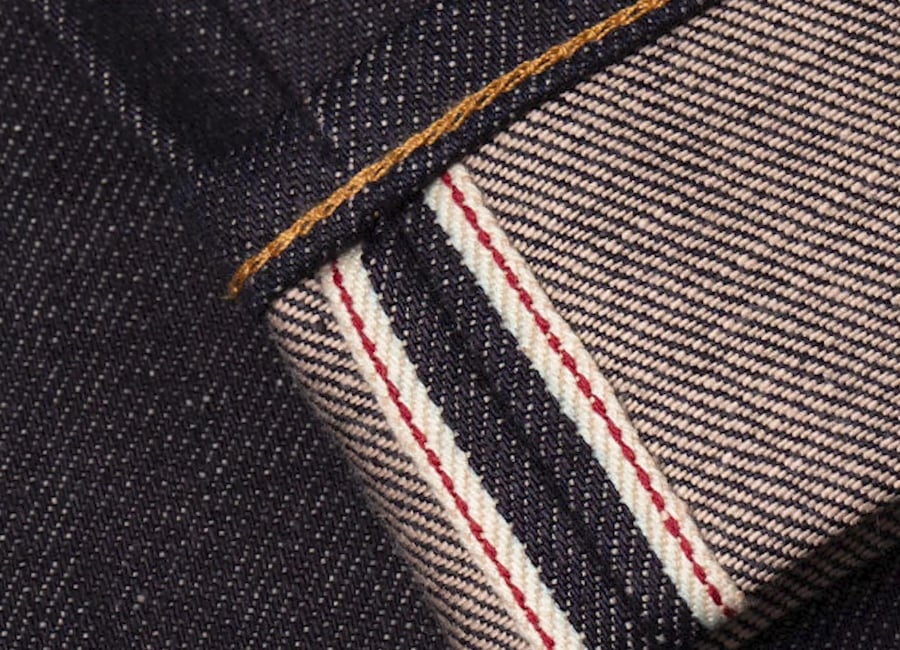
“You mean I should take a bath in my jeans?”
You’ll see a lot of guys sitting in their bath inside of their jeans, or taking a shower in them, but it’s not necessary here.
“That could be a second option,” Lennaert concedes, though he doesn’t do that himself.
One reason why people wear their jeans during the soak is because it sets them up for this next tip:
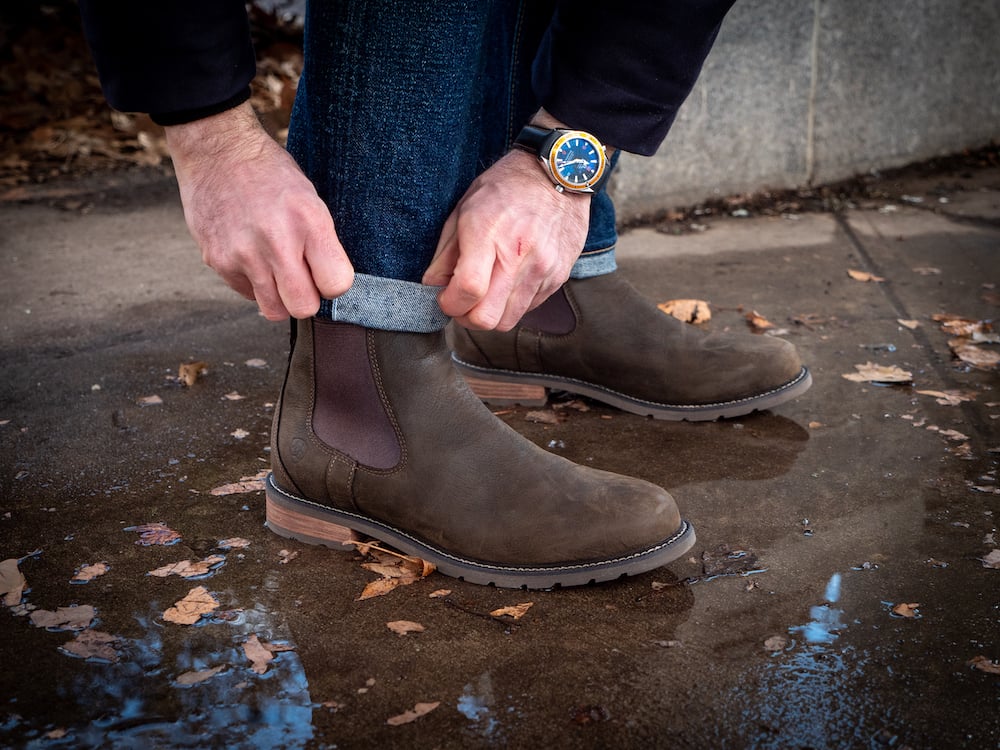
Tip 2: Wear Your Wet Jeans as They Dry
Many guys love raw denim because it fits better and molds to the shape of your body with wear. But a common “hack” states that if you wear your jeans wet and let them dry as you’re walking around in them, they’ll conform to your body more quickly than they would with regular wear.
“You can do that. They will mold better to create a shape matching your body type,” Lennaert confirms. “But if you feel uncomfortable walking in a wet pair of jeans, which is understandable, just put them in a bathtub for 30 minutes.”
And if you’re not planning for them to dry on your body, just hang’ em up — Lennaert does not recommend ever putting your jeans in a dryer.

Tip 3: Bike, Lunge, or Work Out in Your Jeans
Like we said: most people just recommend breaking in your jeans by wearing them and moving around in your daily life. Will moving more quickly make them break in more quickly? Yep.
“Everything related to movement helps break in the jeans quicker,” says Lennaert. “You could hop on a bike, you could go running. Anything you can think of that would help move the fabric around will break them in more quickly. Just move around in them!”
Jeans get broken in through movement, and the only way to accelerate that is to get them wet.
Obviously, thick and rigid cotton isn’t that comfortable for working out. But as the streets of Amsterdam reminded us, plenty of people bike in their jeans.
That’s all the tips you’ll get here: “Jeans get broken in through movement, and the only way to accelerate that is to get them wet.”
The WRONG Ways to Break In Raw Denim
Breaking in a pair of jeans is like controlled wear and tear. If you take an unnatural path and try to find shortcuts, there’s a fine line between breaking in and damaging. Here’s what you should avoid doing with your jeans and raw denim.
Don’t wash brand new jeans immediately in the washing machine
It might sound like a find substitute for a soak, but this can cause unwanted creases and lines in the color.
“The problem you can get when putting it in the washing machine is that it will get a lot of movement, it will get swung around while the machine spins,” says Lennaert. “And because it’s so stiff when it’s new, it can get little damages on the fabric and develop unwanted lines and creases in the color. It’s just not nice.”
You don’t run this risk when you wash your jeans after you’ve worn them a few times because the fabric has softened up.
Don’t tumble dry your denim
It weakens fibers and messes with the fit.

Don’t forget to turn your jeans inside out before washing
This will lower the risk of unnatural fade lines appearing as the jeans are scrunched and spun around.
Don’t use hot water for soaking
Lukewarm or cold water preserves the fabric and reduces shrinkage.
Don’t avoid washing entirely.
Too much dirt sitting in the fabric for too long accelerates degradation, increasing the risk of tears and blowouts. You don’t have to wash your jeans as often as you wash your t-shirts, but it’s not a good idea to just never wash them.
Further Reading
Benzak’s Guide to Washing Nice Jeans
Lennaert explains when, how, and why you should wash your jeans to best balance longevity and sick fadez. Learn more →
Does Heavyweight Denim Break In Differently?
The average pair of jeans is about 12 ounces per square yard, but denim nerds are known for seeking out jeans up to twice as thick. It feels like wearing armor.
“Generally speaking, the heavier the denim, the longer it takes to break in, and therefore the longer you should wait to wash them,” Lennaert says. “The only difference between how long it would take is if it’s like a low tension weave or a high tension weave like compact fabric.”
That information will usually be on a brand’s product page, or you can ask them. If you’re looking at two pairs of 15-ounce denim and one has a low tension weave and the other a high tension weave, the low tension weave will take less time to break in.

Benzak's Japanese and European-made denim is among the best. From selvedge, to neppy to slubby (in a variety of fits), they have an option for every denimhead.
Wrapping up
The internet has a million and one pieces of witchcraft and lore on this topic, so it’s always great to check in with an expert like Lennaert who runs an excellent brand that produces all kinds of raw denim and associated workwear fabrics, to separate fact and fiction.
A big thankyou to Lennaert for hosting us at his Amsterdam studio — make sure you check out his work at Benzak Denim Developers.

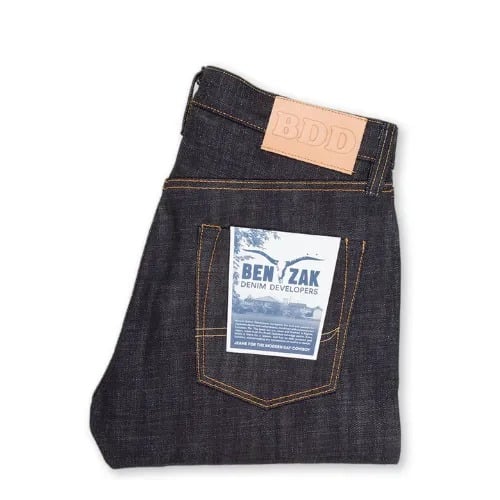



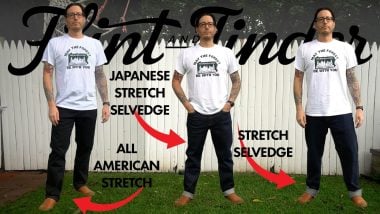




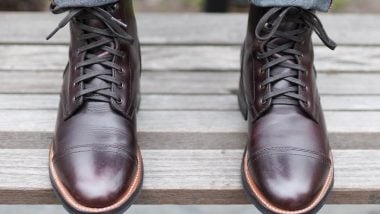


Join the Discussion